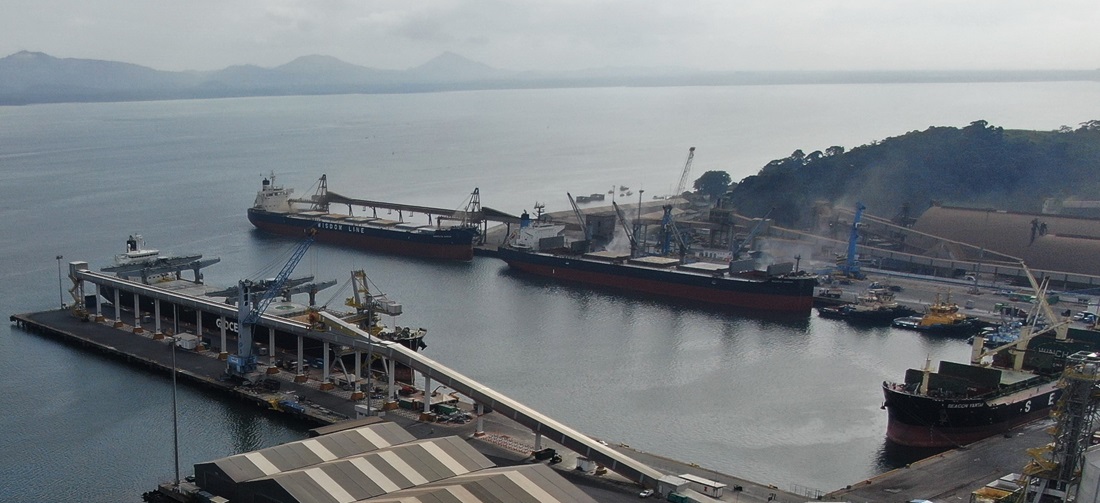
Gas Sul Terminal: How Does Santa Catarina’s New Regasification Terminal Works?
Aug, 13, 2024 Posted by Gabriel MalheirosWeek 202433
The Gás Sul Terminal is now operational, marking another major investment in the Babitonga Bay port complex, where both public and private ports are located in São Francisco do Sul and Itapoá, alongside other terminals under construction or awaiting licensing. The regasification infrastructure represents a R$500 million investment by New Fortress Energy (NFE), a multinational company headquartered in the United States. The terminal has been functioning since the first half of the year, following necessary approvals, and with a new authorization from the National Agency of Petroleum, it has solidified its operations.
The regasification process begins with the transportation of liquefied natural gas (LNG) by specialized ships known as methane carriers. This LNG is sourced either from Brazil or other countries, ensuring a broader supply of fuel without reliance on a single supplier. The gas is brought by the methane carrier to a floating storage and regasification unit (FSRU), located offshore in the Sumidouro region, at the entrance of Babitonga Bay, 300 meters from the coast.
The LNG is regasified on this unit and then transported via an underwater pipeline to a transfer station in Itapoá. From there, it is sent to Gasbol, the Brazil-Bolivia gas pipeline, in Garuva, for distribution to consumers. The connection pipeline between the maritime unit and the transfer station extends 33 kilometers. The terminal is authorized to regasify up to 15 million cubic meters of natural gas per day.
The choice of location was based on similar factors cited for other port developments in Babitonga Bay, such as its natural depth and lack of adverse weather conditions. According to NFE’s Commercial Director, Edson Real, the location is “ideal.” Additional advantages include the site’s capacity to supply gas to the South and Southeast regions of Brazil due to its connection to Gasbol and the use of Petrobras’ existing pipeline corridor, which avoids the need for expropriations and deforestation.
Source: NSC Total
Click here to be redirect the this story’s original rendition: https://www.nsctotal.com.br/colunistas/saavedra/como-e-a-operacao-de-novo-terminal-em-polo-portuario-no-norte-de-sc
-
Grains
Jan, 29, 2025
0
What Is the Real Impact of the Mercosur-EU Agreement on Argentine Soybean Exports?
-
Ports and Terminals
Apr, 10, 2024
0
Public area of Port of Aratu threatened by squatters
-
Economy
May, 10, 2023
0
Brazil opens 18 markets in the first months of 2023
-
Other Logistics
May, 02, 2023
0
Hidrovias do Brasil to increase operational capacity in so-called ‘North System’



